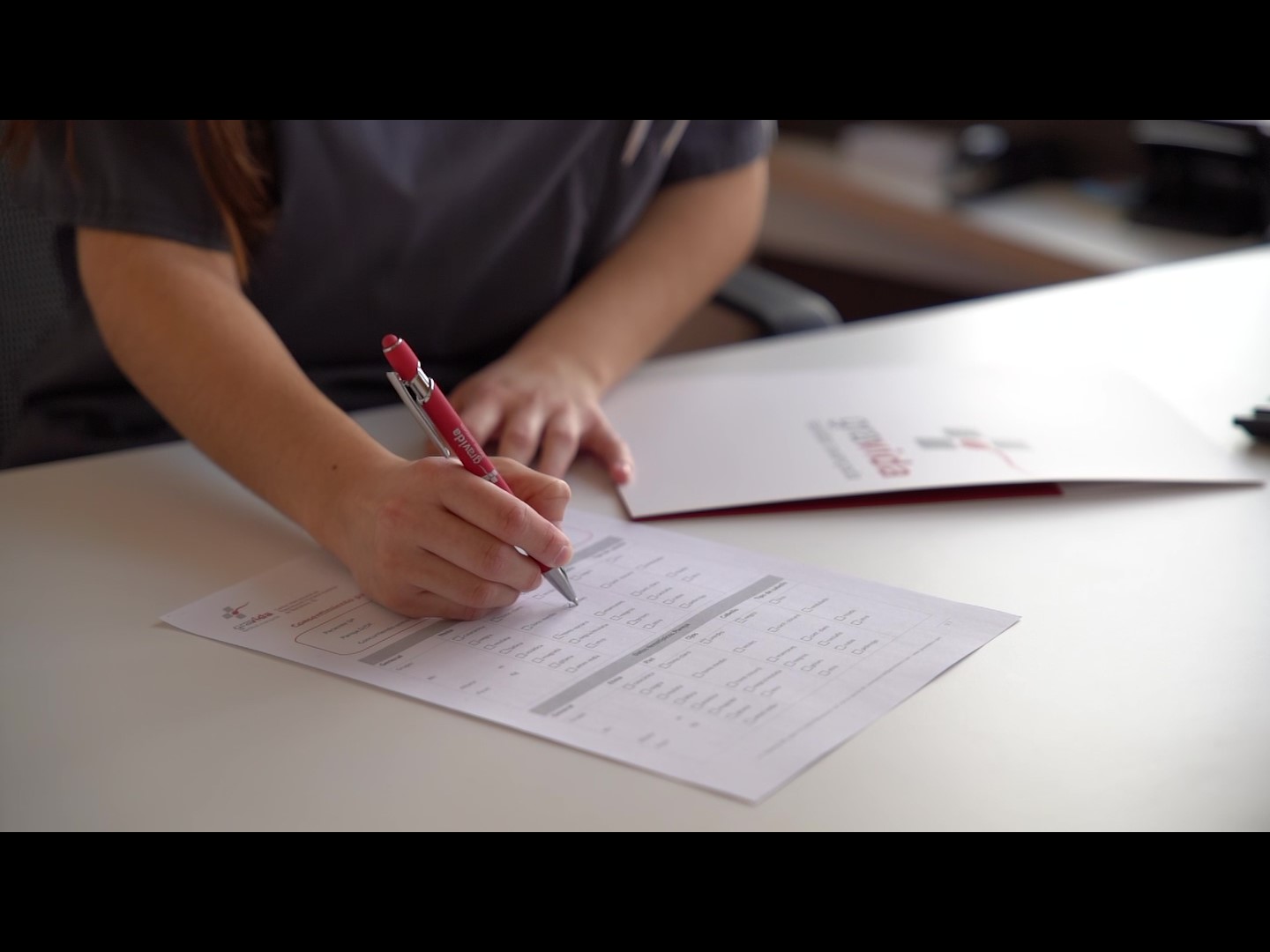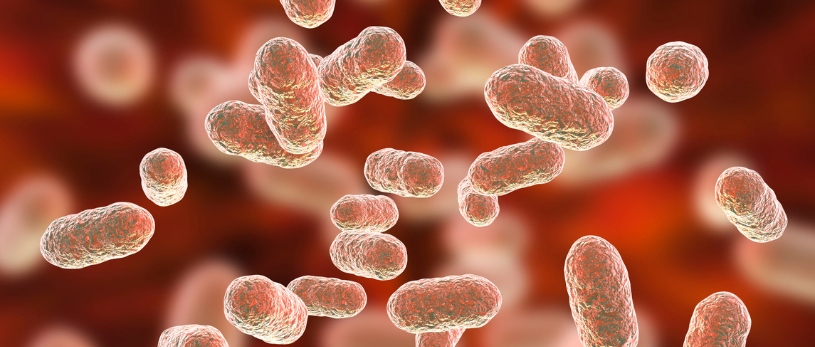At GRAVIDA, we understand the importance of selecting the most suitable sperm donor for each patient. Our focus is on ensuring the maximum phenotypic similarity between donors and our patients, regardless of their ethnic background or that of their partner, if applicable. Through a meticulous process of selection and analysis, we strive to offer the best opportunity for our patients to achieve their dreams of becoming parents.
Phenotypic Characteristics:
Phenotypic characteristics, also known as traits or physical appearance, are those visible and measurable attributes of an individual. These can include eye color, hair color, height, blood type, among others. At GRAVIDA, the first step in the selection process of a sperm donor is to thoroughly collect the phenotypic characteristics of the patient and their partner, if applicable. This is essential to ensure that the selected donor closely resembles the patient’s characteristics.
Genetic Matching:
The genetic matching is a crucial stage in the selection process of sperm donors, especially when the patient is a carrier of a relevant genetic condition. At GRAVIDA, we have professionals who carefully analyze the patient’s genetic information to identify any genetic variants that could affect the offspring. If a genetic condition is detected, we seek a donor who does not carry that specific variant, thereby reducing the risk of transmitting the condition to the offspring.
This genetic matching process is particularly important for couples who may be carriers of recessive diseases, such as cystic fibrosis or muscular dystrophy, as selecting a donor without those variants significantly reduces the risk of the child inheriting the disease.
Immunological Matching:
Immunological matching is another relevant aspect in the selection of a sperm donor. It is based on the evaluation of the patient recipient’s KIR AA genotype. KIR genes (inhibitory killer cell receptors) play a crucial role in the body’s immune response and can influence the acceptance of the embryo in the uterus.
At GRAVIDA, if the patient has a KIR AA genotype, we look for a donor who has a compatible natural killer (NK) cell profile. The idea behind this is to improve the immunological compatibility between the patient and the embryo, which can increase the chances of successful implantation and a healthy pregnancy.
Selection of the Perfect Donor:
Our multidisciplinary team (donation department and experts in genetics and immunology) works closely together to identify the sperm donor that best fits the needs of each patient. Using accurate data and advanced technology, we select a national or international sperm bank that meets the desired phenotypic, genetic, and immunological characteristics.
Transparency and Communication:
At GRAVIDA, we value transparency and open communication with our patients. Once we receive the sperm sample and obtain the physical characteristics of the donor, we get in touch with the patient to provide all relevant information. We believe that giving our patients a complete understanding of the donor selection process allows them to make informed decisions and feel confident throughout the fertility process.
At GRAVIDA, our passion is to help couples and single women realize their dream of having a child. Our approach to selecting a sperm donor is based on ensuring maximum phenotypic similarity, conducting genetic and immunological matching to provide the best chance for success. If you are considering fertility options and are looking for a highly trained and dedicated medical team, do not hesitate to contact us. We will be delighted to accompany you on this exciting journey towards parenthood.
If you have any questions about the tests detailed in this post or any other tests, do not hesitate to contact GRAVIDA. We are here to assist you at every step of your journey to parenthood.
- Call us at +34 932066489
- Send us an email to internacional@gravidabcn.com
- Submit a form through this link.




